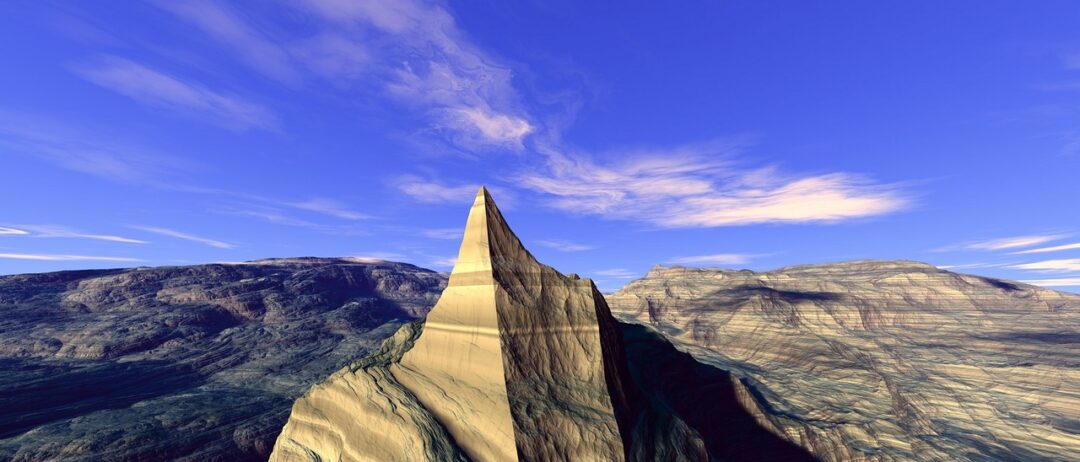
The Evolutionary Tale of Game and Mobile Animation: A Pixelated Beginning to Lifelike Graphics
The animation of video games has evolved from simple blocky motions in ancient arcade machines to realistic and complex animations that represent modern times. In addition, this growth has also improved storytelling and mechanics. Interestingly, however, not all games have followed this trend towards added complexity. But Spribe’s Aviator game is a noteworthy exception as it provides an engaging experience with minimal use of advanced animation techniques, which highlights different approaches used in the incorporation of animation into the industry. This variation underscores animation’s role in gaming, from aesthetic enhancement to a tool for immersive storytelling.
Sculpting Imaginary Worlds: The Intricate Process of Game Animation Creation
Animation creation for video games is an intricate process that combines artistry with technology. Artists first sketch out characters and environments on paper to establish the feel of the game. Next comes rigging, where digital skeletons are created for characters so they can move like real people. These involve keyframe animations where fixed points in the motion are defined and software calculates intermediate frames or motion capture techniques whereby actual movements by actors are recorded and then replicated digitally
Artists must consider the game’s genre, target audience, and narrative when designing animations, ensuring they contribute to a cohesive world that players can immerse themselves in.
The artistic considerations extend beyond the visual quality, involving the synchronization of movements with game physics and the seamless integration of animations into gameplay, enhancing the emotional connection and engagement of players with the virtual world.
Dawn of Mobile Animation: The Trailblazers and Their Breakthroughs
In the very beginning of mobile gaming, the animations were restricted by limitations in hardware, but some games pushed the edge. Names like Nokia’s Snake brought the whole world into mobile gaming, but it was the birth of Smartphones that turned everything on its head. Innovators such as Fruit Ninja and Angry Birds showed how intuitive touch controls could be matched with colourful animations for an engaging play.
Nevertheless, these games attracted millions and also became a benchmark for graphical innovation, proving that visual-rich experiences can be created via mobile platforms. This triumph served to prepare grounds for future advancements in graphics of mobile gaming, giving rise to today’s most sophisticated and immersive worlds.
Today’s Animation Alchemy: Tools and Techniques Shaping Game Graphics
These days game animation is currently done using modern tools and techniques that have completely transformed its process making it efficient and more natural than ever before. Some examples include Autodesk Maya, which allows complex character modelling and animation, as well as Blender software enabling detailed rigging alongside realistic movement. In addition, motion capture technology has come a long way in capturing even fine-grained human movements.
Unreal Engine and Unity are real-time rendering engines that have powerful capabilities to be used in real-time games. These include the ability to create interactive, dynamic environments and characters that blend seamlessly with the game world.
These engines support advanced features like real-time global illumination and physically based rendering, enhancing the visual fidelity of animations.
Additionally, procedural animation techniques and AI-driven tools are emerging, automating aspects of the animation process and enabling characters to move and react in more lifelike ways based on the game environment and player interactions.
Key Tools And Techniques:
- Autodesk Maya And Blender: Used for character modelling as well as animation.
- Motion Capture Technology: Digital replication of actual human movements.
- Unreal Engine And Unity: They are real-time rendering engines used in dynamic environments.
- Procedural Animation And AI: It is a way through which animation processes can be automated while at the same time allowing for character reactions that look real-like too
Pioneering Moments In Mobile Gaming Animation: A Retrospective
The path towards mobile gaming animation has gone through significant milestones, beginning with simple pixelated graphics such as ‘Snake’. The advent of smartphones provided a boost for graphical capacities; ‘Angry Birds’ and ‘Fruit Ninja’ were among those games that brought vibrant fluidity into animations.
Infinity Blade is a title that used advanced rendering engines and integrated 3D graphics, thus raising the bar and setting the new standard of visual quality. These developments not only demonstrated the potential of mobile platforms for delivering rich experiences but also influenced today’s trends in mobile graphics towards realism, detailed environments as well as fluid character animations.
Consequently, these achievements have laid a foundation upon which mobile gaming will continue to prosper while forming players’ and developers’ expectations.
Challenges and Successes in Animating for the Mobile Screen
Animating for mobile platforms creates some unique challenges; one such challenge is screen size with limited space making it difficult to display graphic details.
Apart from this, animators have had to find ways like compressing files, using scalable vector graphics (SVG) or developing code that works efficiently to maintain high visual standards without slowing down their products.
As a result of all these measures coupled with technological improvements in mobile phone manufacturing, captivating animation has been produced that engages players even on tiny screens, where games can still feel genuine at times.
The Next Chapter: Emerging Trends in Game and Mobile Animations
There will be amazing changes in the future of game and mobile animations, which are being influenced by advanced trends such as increased reality (AR) and virtual reality (VR) that guarantee players a better experience from more engaging and interactive worlds. Progress in AI and machine learning could lead to automation of complex animation procedures so that they can be more natural-looking and nimble.
Besides, with the arrival of the 5G era, connectivity will enable online gaming to have quicker load times as well as smoother play. These innovations will not only improve the visual quality of games but also help them create imaginative narratives for an active audience.





